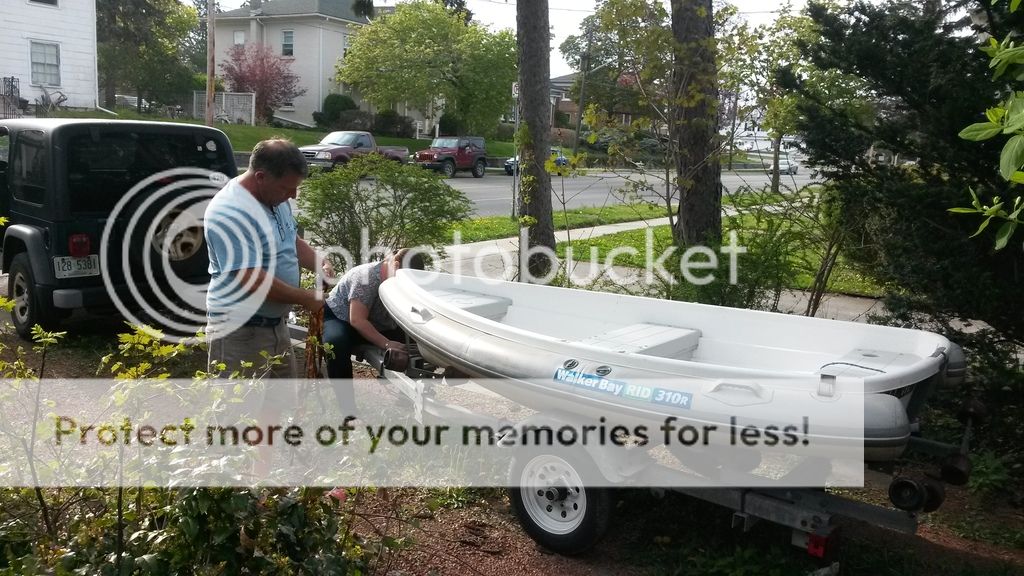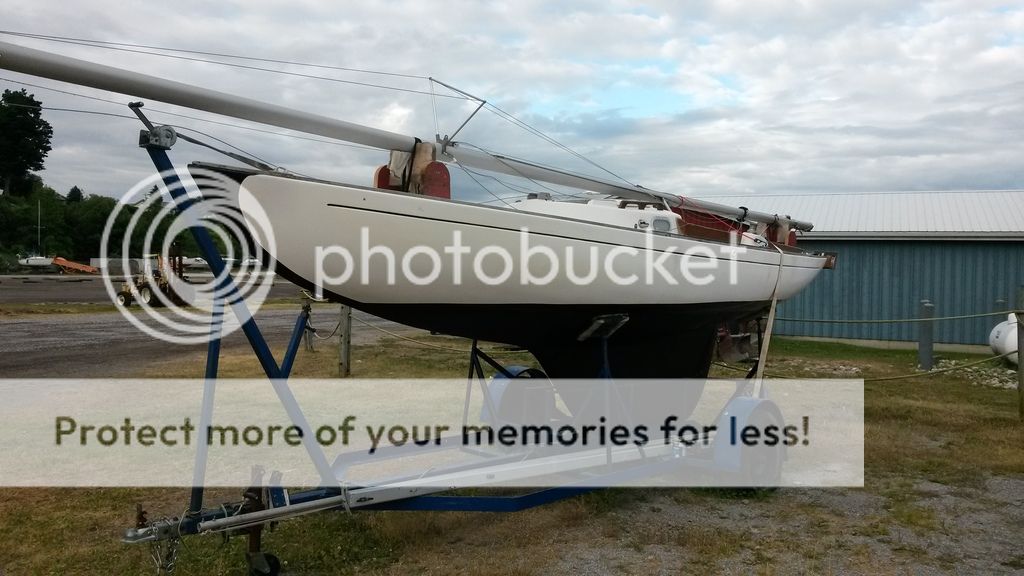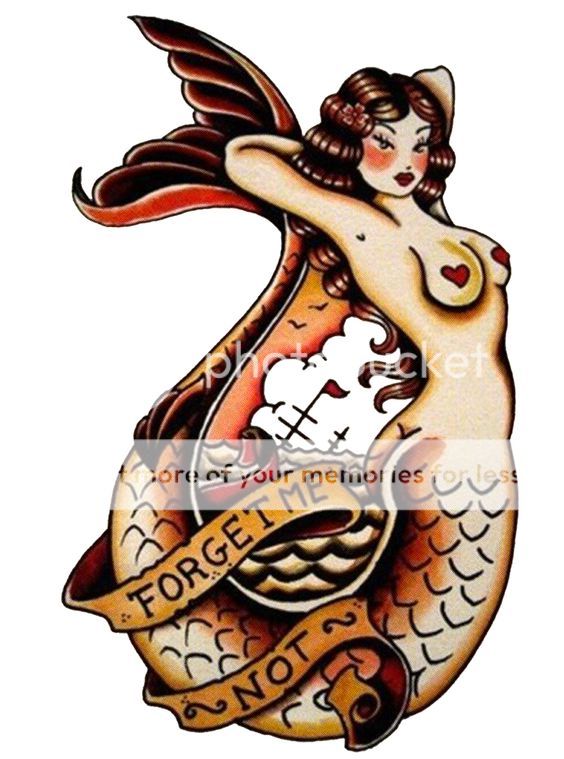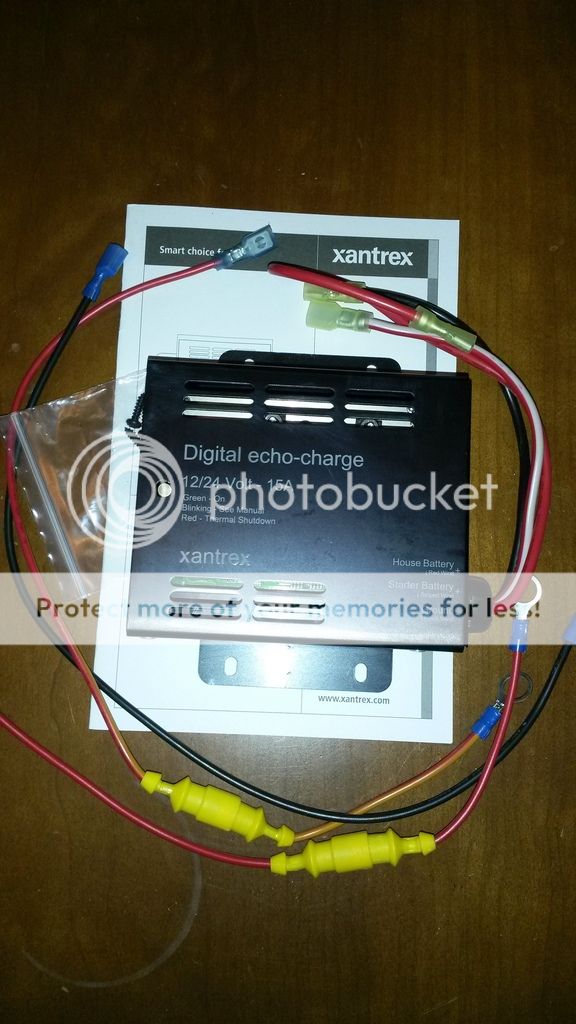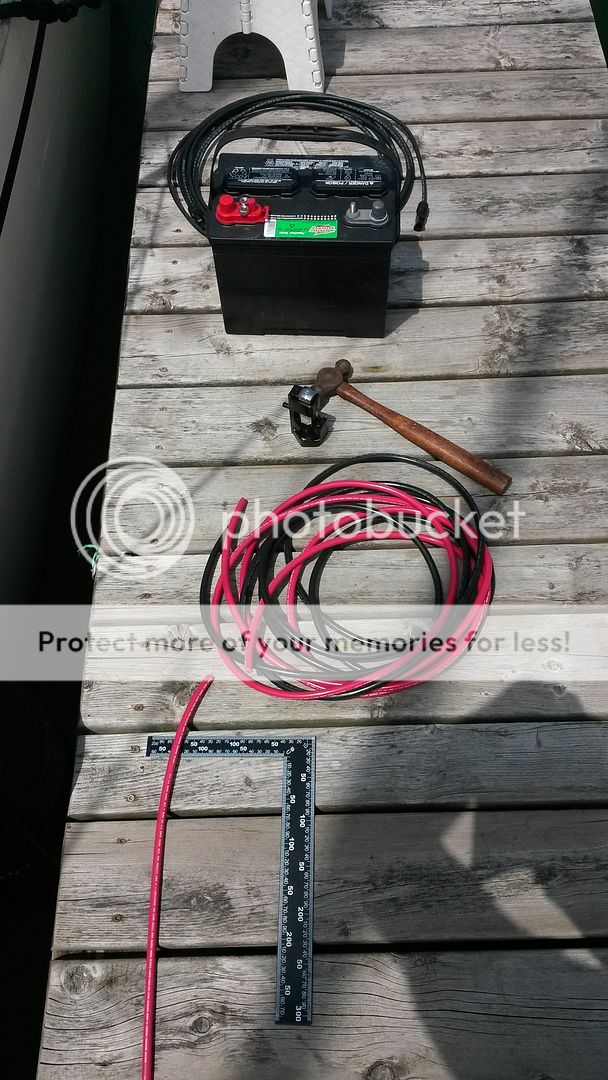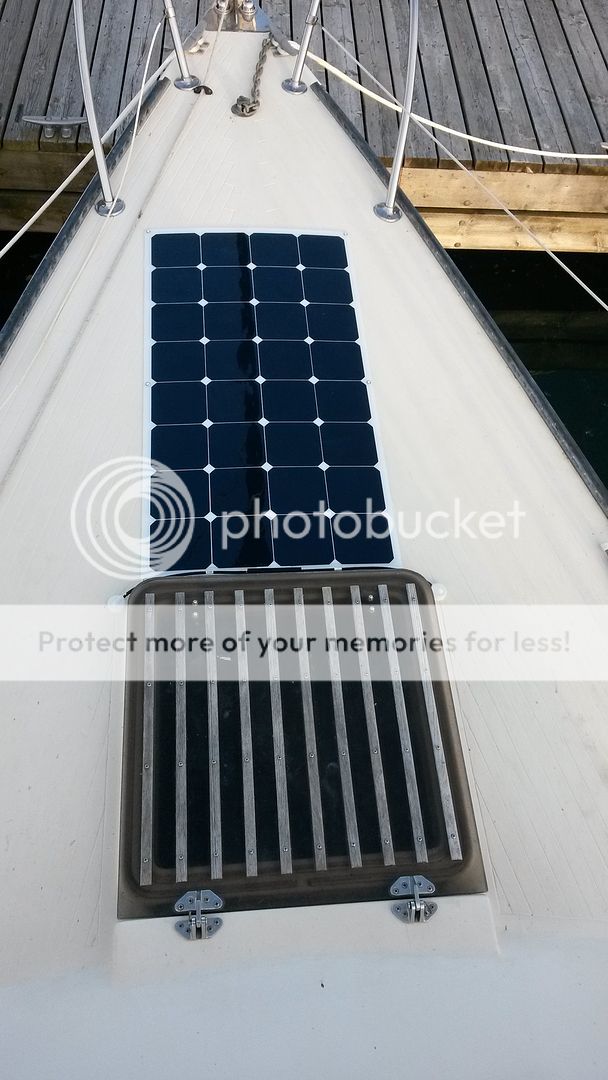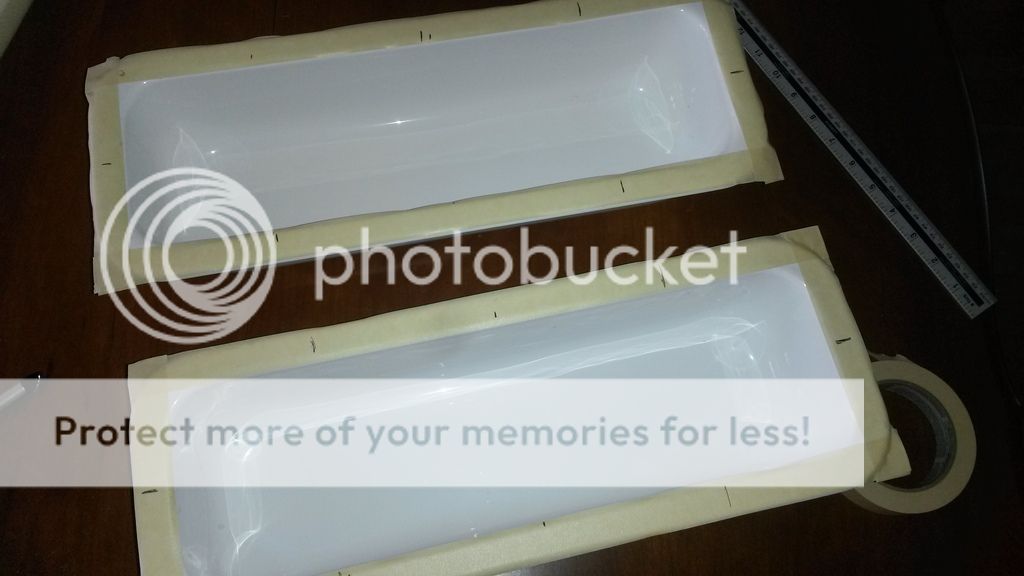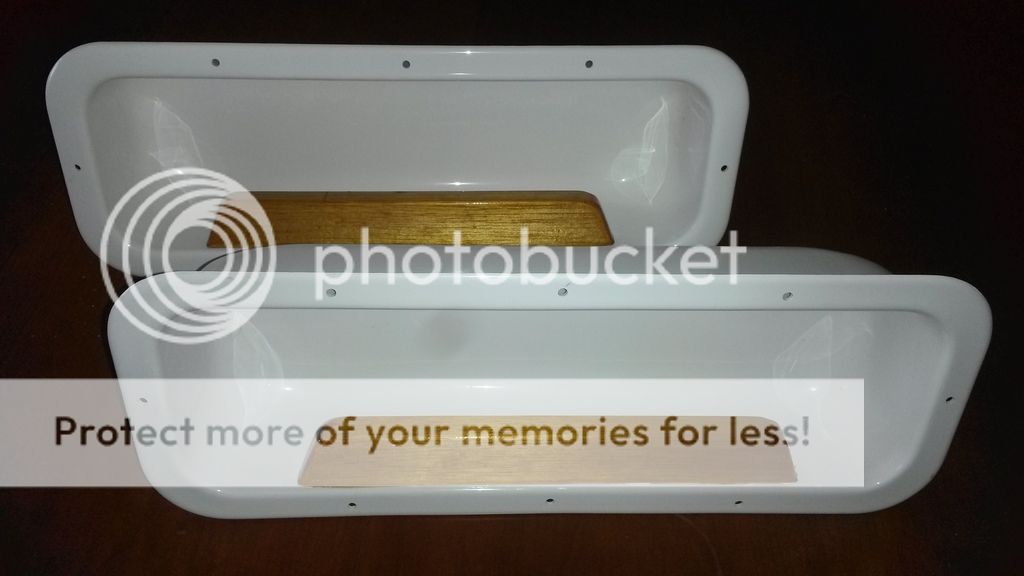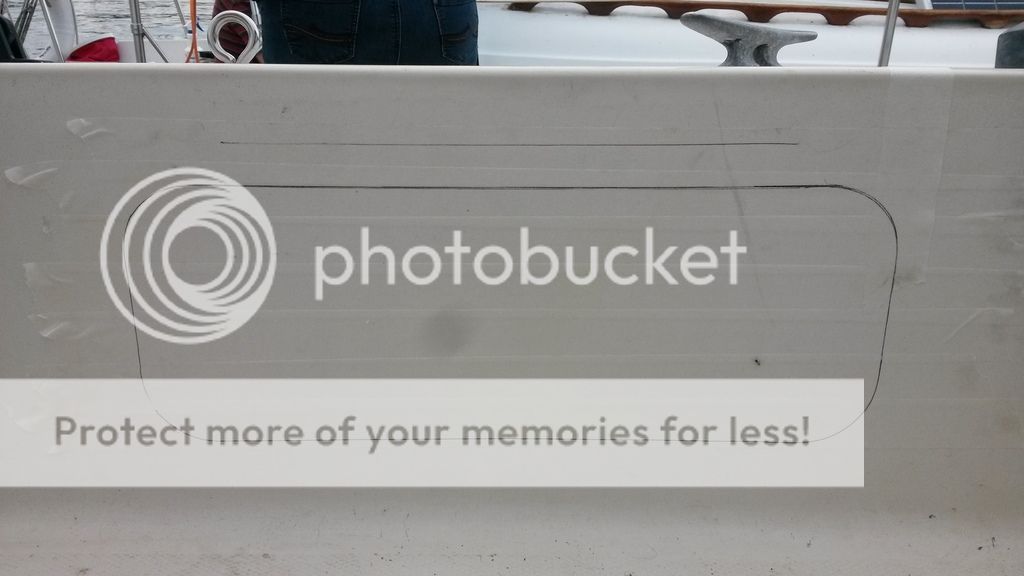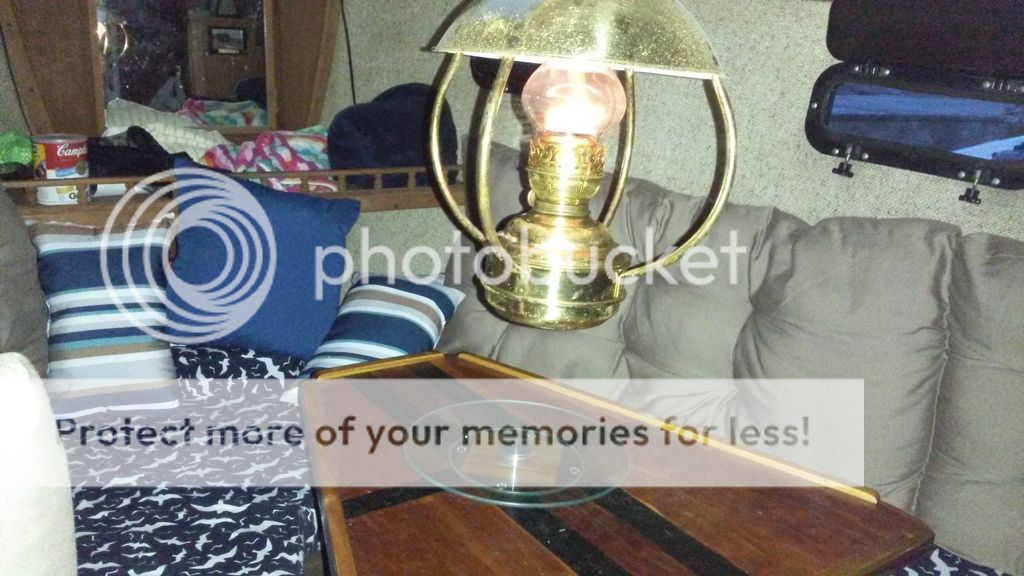"But it wasn't because I didn't know enough..." -Gnarls Barkley
Tl;dr: I built a toolbox from workshop scraps.
(Backstory starts here. If you’re looking for the toolbox part, scroll down until you see TOOLBOX PART and start reading there.)
2019 was the year I gave up.
2019 was also the year I started again.
Looking back at the blog neglect over the past few years, faithful reader, the fading frequency and the inconsistency, you could see it coming.
When a writer stops writing, there’s a problem.
Writers don’t write for an audience. We writers are a selfish lot- we write for ourselves. If anyone else likes it, great!
But… what happens when a writer stops writing for himself, because the audience is no longer interested?
2019 happens, that’s what.
So, here’s the backstory:
Back in 2012, it was time for a career change- I had held the same independent contractor gig for 15 years of 7 day weeks and it was time for a different direction. I wanted to be more involved in my community and a chance to use my writing skills along with my sales and promotion skillset.
I got back to my roots and went to work at the local radio station as an account executive- It was a great fit, and a great change, at the right time.
My new worklife close to home led me to also joining our local Rotary Club, the United Way, and becoming a Downtown Simcoe Board member as well as serving on the boards of a number of other organizations in our community.
It was a full plate.
6 years later, I felt like a part of my community for the first time in my adult life, but that “great fit” job wasn’t a great fit any longer.
I was burning out.
I probably stayed a year longer than I should have.
But…
When you’re 52, career-jumping isn’t as attractive, or as lucrative, as when you’re 32.
There is comfort and safety in tedium.
(“Is this the TOOLBOX PART yet?”
No, keep scrolling.)
if you’re someone with that popular mental health surf- and-turf combo of anxiety and depression, add stress and a feeling of failure to the mix and life gets very, very unfun.
I’ve had dark days before, days when it was tough, but nothing like this.
Not even before medication
All of my energy went into my job, selling, writing and voicing ads, keeping clients happy, being ON 50 hours a week. Everything outside of work began to slip.
I did very little boat work during the winter, for the first winter in a decade. Let’s add that to the growing failure list I was carefully tending, because depression loves to keep that crop growing. The lack of off-season accomplishment led to an expectation of a busy spring punchlist.
Yeah. Then spring happened.

By the end of June we still had no boats in the water…
…for the first time in a decade.

Throughout my life, sailing helped preserve my sanity.
The boats, the Dock, were where I regrouped, decompressed, and recouped.
By the end of June we still didn’t have a boat in the water.
Great.

The water is only a few inches deep, but there's a half dozen or so sketchy extension cords under the surface.
Hell, I
-still had to rebuild or replace Karma’s engine.
Oh, and I
-had to finish demolishing a boat.
The longer the boats stayed out of the water, the longer the punchlist became.
Hey, while we’re at it, let’s
- install a new fuel filter and new fuel lines on Karma
-make new cushions for Karma,
-repair Ereni’s nose,
-caulk Ereni’s chainplates
-paint both boats,
-make a new saloon table,
-and a new dish rack,
-and install a washdown system,
-and a new chart plotter,
-varnish the swim platform
and
-the usual spring rituals of bottom sanding and bottom paint.
And, crap, now we need to
- replace the destroyed plastic window in the dodger.
Hell, I
-still had to rebuild or replace Karma’s engine.
Oh, and I
-had to finish demolishing a boat.
The longer the boats stayed out of the water, the longer the punchlist became.
Hey, while we’re at it, let’s
- install a new fuel filter and new fuel lines on Karma
-make new cushions for Karma,
-repair Ereni’s nose,
-caulk Ereni’s chainplates
-paint both boats,
-make a new saloon table,
-and a new dish rack,
-and install a washdown system,
-and a new chart plotter,
-varnish the swim platform
and
-the usual spring rituals of bottom sanding and bottom paint.
And, crap, now we need to
- replace the destroyed plastic window in the dodger.


(“Is this the TOOLBOX PART?”
No, not yet. Keep scrolling)
June became a rainy, HOT, humid, high water July, and we’re paying for empty slips.
We got to sail with the Dock Three Squad- so we weren’t completely off the water.
Thanks, gang.
By mid-August we had managed to get SWMBO’S boat, Ereni in the water.
Yay!
Yay!
That was the high point of my August.
And the high point of my summer, and likely SWMBO’S as well.
We had gotten damn near everything on the punchlist accomplished, with the glaring and vital exception of getting Karma’s engine to run.
Lots of accomplishment, lots of tasks finished…but I felt like a failure.
And the high point of my summer, and likely SWMBO’S as well.
We had gotten damn near everything on the punchlist accomplished, with the glaring and vital exception of getting Karma’s engine to run.
Lots of accomplishment, lots of tasks finished…but I felt like a failure.
I was not fun to be around, as the wheels started to come off.
By the end of August I had nothing left- I quietly fell apart, and spent a weekend in isolation. Then, back to the grind.
We never ever did get Karma in the water.
Louise sold Ereni.
Something had to give.
By the end of August I had nothing left- I quietly fell apart, and spent a weekend in isolation. Then, back to the grind.
We never ever did get Karma in the water.
Louise sold Ereni.
Something had to give.
(“You’re just shitting us about the TOOLBOX PART, right?”
Nope, but you’re almost there.)
I made the decision to quit my job, take advantage of an untapped opportunity in the marketplace….
…And launch a new business.
I gave four weeks notice, told my clients, wrapped up most of what I need to wrap up, then Finnegan J Smalldawg snuffled his last, and we got robbed, fast forward to the end of September, and I suddenly have no place to go in the morning, which felt … weird.
But, I wasn’t throwing up, I wasn’t grinding my teeth, I wasn’t wanting to sleep all the time, I…
… decided to open a boutique communications agency.
Pen&Keys Communications was born.
When my anxiety level dropped to background chatter and I began sleeping through the night after a robbery and a dead dog, while launching a business from scratch with no warchest, no budget, and no clients as winter is coming, I knew I made the right choice.
I decided to take 90 days to plan and execute the launch of Pen&Keys like a member of my target market, with no marketing plan and no marketing budget to see if the truisms, and some theories I had been developing, panned out.
For the first time in a long time, I am having a hell of a lot of fun working.
Now that the occupational plate was spinning successfully on it’s stick, it was time to reset the remaining wobbling plates, and replace the ones that crashed.
“THE TOOLBOX PART!!!!!!”
I made the decision to quit my job, take advantage of an untapped opportunity in the marketplace….
…And launch a new business.
I gave four weeks notice, told my clients, wrapped up most of what I need to wrap up, then Finnegan J Smalldawg snuffled his last, and we got robbed, fast forward to the end of September, and I suddenly have no place to go in the morning, which felt … weird.
But, I wasn’t throwing up, I wasn’t grinding my teeth, I wasn’t wanting to sleep all the time, I…
… decided to open a boutique communications agency.
Pen&Keys Communications was born.
When my anxiety level dropped to background chatter and I began sleeping through the night after a robbery and a dead dog, while launching a business from scratch with no warchest, no budget, and no clients as winter is coming, I knew I made the right choice.
I decided to take 90 days to plan and execute the launch of Pen&Keys like a member of my target market, with no marketing plan and no marketing budget to see if the truisms, and some theories I had been developing, panned out.
For the first time in a long time, I am having a hell of a lot of fun working.
Now that the occupational plate was spinning successfully on it’s stick, it was time to reset the remaining wobbling plates, and replace the ones that crashed.
“THE TOOLBOX PART!!!!!!”
Which brings me to the
TOOLBOX PART
(SEE?)
My personal life was a mess- literally. My office was a mess, my desk was dust covered, the garage and my workshop were cluttered with wood scraps and boat parts and tools and sawdust and cobwebs. Our dining room table was covered with upholstery scraps and sewing supplies
If I was going to find my way back to a satisfying life, this was a damn near perfect place to start.
Cleaning up the dining room table and my desk was the easy part.The workshop and the garage? Not so much.
I realized that my workspaces had been neglected.
This is the end result of living for too long at the intersection of “As much as I can” and “As Little As Possible” in the heart of Allicanhandleville.
Shit ain’t gonna change if shit don’t change.
So I decided to change some shit.
I lowered my expectations. Instead of expecting to clean my garage and my workshop and the boatshed and the garden shed in a weekend and then putting in 2 14-hour narrow-focus days, forgetting to eat, and ending exhausted and frustrated and unfinished, I decided to work on the clutter for 2 hours a day. No more, no less.
In less than a week, my workspaces were more squared away than they had been for years, and I learned some things.“Oh, ferfucksakes, TOOLBOX?”
WHAT DO YOU THINK WE’RE TALKING ABOUT?
(Great. In the middle of a mental health overshare, I have to go ALLCAPS.)
I learned that I had tool prejudice.
Al of my mechanics tools were organized. The tall roller chest stored sockets, ratchets, wrenches, screwdrivers, pliers air tools, and precision tools. The short chest stored welding tools, metal working tools, and brake tools.
Easy enough to keep organized, because they never leave the garage.
(A complete socket-set-in-a-plastic-box lives on the boat)
My woodworking and general carpentry tools, however, move from the workshop to the Dock to the boat to somebody else’s boat, to the car, to the workshop.
Repeatedly.
My drills had a bag, but I had not found a suitable solution for my hand tools.
Toolbags never seem to be the right size or shape, tool rolls require space to roll out, and good luck finding the right screwdriver on the first reach into the dark toolbag.
And saws? There’s another bag.
Chisels? Another roll.
It was a cumbersome way to schlep tools to and fro the boat.
And not horribly secure, when a roll under your arm decides to unroll and puke it’s gut full of wrenches all over the Dock, more than one of which manage to dance through the cracks between the dock treads.
*lightbulb*
This is why one of the first tasks of a shipwright’s apprentice is building a toolchest- a box to store and transport the tools of his trade safely and securely.
Yeah, I needed to build a toolbox.
Literally and figuratively.
TOOLBOX PART
(SEE?)
My personal life was a mess- literally. My office was a mess, my desk was dust covered, the garage and my workshop were cluttered with wood scraps and boat parts and tools and sawdust and cobwebs. Our dining room table was covered with upholstery scraps and sewing supplies
If I was going to find my way back to a satisfying life, this was a damn near perfect place to start.
Cleaning up the dining room table and my desk was the easy part.The workshop and the garage? Not so much.
I realized that my workspaces had been neglected.
This is the end result of living for too long at the intersection of “As much as I can” and “As Little As Possible” in the heart of Allicanhandleville.
Shit ain’t gonna change if shit don’t change.
So I decided to change some shit.
I lowered my expectations. Instead of expecting to clean my garage and my workshop and the boatshed and the garden shed in a weekend and then putting in 2 14-hour narrow-focus days, forgetting to eat, and ending exhausted and frustrated and unfinished, I decided to work on the clutter for 2 hours a day. No more, no less.
In less than a week, my workspaces were more squared away than they had been for years, and I learned some things.“Oh, ferfucksakes, TOOLBOX?”
WHAT DO YOU THINK WE’RE TALKING ABOUT?
(Great. In the middle of a mental health overshare, I have to go ALLCAPS.)
I learned that I had tool prejudice.
Al of my mechanics tools were organized. The tall roller chest stored sockets, ratchets, wrenches, screwdrivers, pliers air tools, and precision tools. The short chest stored welding tools, metal working tools, and brake tools.
Easy enough to keep organized, because they never leave the garage.
(A complete socket-set-in-a-plastic-box lives on the boat)
My woodworking and general carpentry tools, however, move from the workshop to the Dock to the boat to somebody else’s boat, to the car, to the workshop.
Repeatedly.
My drills had a bag, but I had not found a suitable solution for my hand tools.
Toolbags never seem to be the right size or shape, tool rolls require space to roll out, and good luck finding the right screwdriver on the first reach into the dark toolbag.
And saws? There’s another bag.
Chisels? Another roll.
It was a cumbersome way to schlep tools to and fro the boat.
And not horribly secure, when a roll under your arm decides to unroll and puke it’s gut full of wrenches all over the Dock, more than one of which manage to dance through the cracks between the dock treads.
*lightbulb*
This is why one of the first tasks of a shipwright’s apprentice is building a toolchest- a box to store and transport the tools of his trade safely and securely.
Yeah, I needed to build a toolbox.
Literally and figuratively.
I started with some basic parameters:
-My toolbox had to be portable- under 40 lbs, fully loaded.
-The most commonly used tools had to be within easy reach.
-My toolbox had to be portable- under 40 lbs, fully loaded.
-The most commonly used tools had to be within easy reach.
-it had to fit inside my hanging locker on Karma- less than 24” long, and less than 12” wide.
-My toolbox had to be my complete kit, sans mechanics tools and power tools- I want to be able to have the carpentry tools I need where I need them.
-a $20 budget. The only expenses would be hardware- my box would be built with materials on hand
-No deadline except the end of the year… but I would put some effort into the project daily.-My toolbox had to be my complete kit, sans mechanics tools and power tools- I want to be able to have the carpentry tools I need where I need them.
-a $20 budget. The only expenses would be hardware- my box would be built with materials on hand
On December 1, I started drawing dimensions, pondering how much real estate each tool needs, and the most compact way to arrange them.
It was therapeutic.
It was a business plan for a toolbox.
I inventoried my scrap storage, and laid out the raw materials.
Then I laid out every tool I wanted those raw materials to contain.
Then I redrew my drawings, and redrew again, to create the smallest, lightest possible container.
Then I started making sawdust.

I designed a “backbone” box.
Most toolboxes are like a football stadium: 90% empty space, with everything happening around the perimeter. It’s intuitive to have all of your screwdrivers and pliers and chisels arranged around the perimeter of the bag, but it leads to three problems- 1. Too much stuff ends up just tossed in the middle of the bag instead of being stowed, and 2. When everything is stowed, it’s too tempting to toss too much crap into the bag, making it heavier than it needs to be, and 3. With all the stowage around the perimeter, the pendulum effect makes walking with it in hand for any length of time annoying, as one arm gets swung harder than the other with each step and your wrist turns as the bag swings.
Ergonomically unideal.
Most toolboxes are like a football stadium: 90% empty space, with everything happening around the perimeter. It’s intuitive to have all of your screwdrivers and pliers and chisels arranged around the perimeter of the bag, but it leads to three problems- 1. Too much stuff ends up just tossed in the middle of the bag instead of being stowed, and 2. When everything is stowed, it’s too tempting to toss too much crap into the bag, making it heavier than it needs to be, and 3. With all the stowage around the perimeter, the pendulum effect makes walking with it in hand for any length of time annoying, as one arm gets swung harder than the other with each step and your wrist turns as the bag swings.
Ergonomically unideal.

I figured with the majority of tools, and the heaviest tools, aligned down the center of the box, it would be easier to carry.
By essentially hanging tools on the center backbone like a toolrack, sides were unnecessary. Hell, a floor was unnecessary- this box didn’t have to be a box.
But, a floor and drop sides would triple the storage capacity and provide protection to the tools contained inside.
So, let’s add drop sides.

The box is essentially divided in two:
One side is cutters- Long and short chisels in 3 widths, two “hacking” chisels, a flushcut saw, a backsaw, a pull saw, a keyhole saw, a combo saw, a dovetail saw and dovetail jig and a small block plane.
The other side is fasteners- Robertson, Phillips and slotted screwdrivers, two combination squares, one fixed square, a brad setter, cabinet hammer,cats paw prybar, nail sets and punches, two pencils, two bevel gauges, two measuring tapes, level, and a Kreg Multi-Mark.

The feet are extra tall to keep the tools out of the bilge when the box rides in the dinghy.
It felt GOOD to work the problem, and find the wins.
I slowed down from the half-panicked pace of shortstaffed radio.
Measured three times, cut once.
Worked through my stack of castoffs, finding the right offcuts- a little part of this boat here, a piece from an old desk there.When all is said and done, there are parts from four boats and some leftover radio studio furniture in this box.
It's damn near biographical.
As I worked, the shop became tidier. For every piece of wood that went into the box, three more lesser cuts were tossed into the burn box and the trash.
An hour or two a day, through the first three weeks of December, and by Christmas eve, it was done.
Under 30 lbs fully loaded.47 tools.
23” x 10” x 15” high.
I felt something I hadn’t felt in a while:
Satisfaction.
It’s a start.
Happy New Year.
I mean it.

















